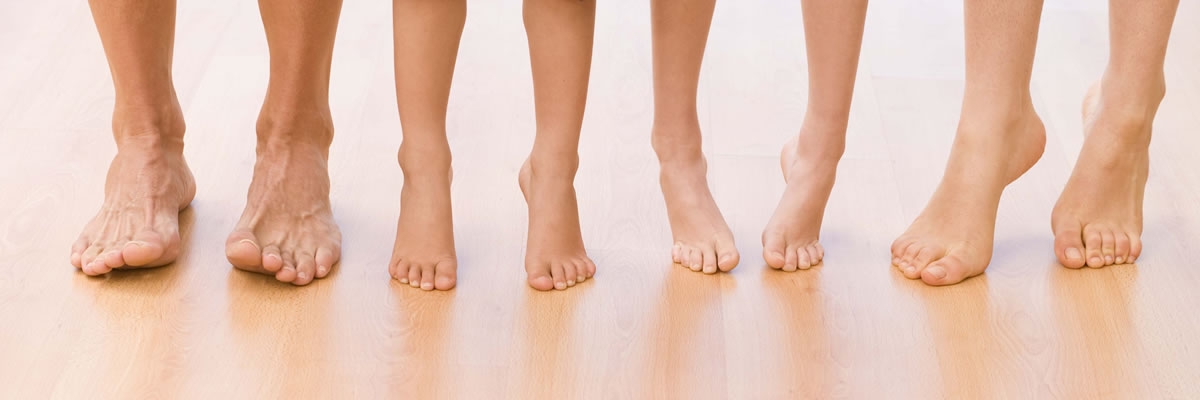Foot & Ankle Fractures
A fracture is a small crack in a bone. This often develops as a result of a rotational injury or overuse injury like those from impact sports such as long distance running or basketball. Athletes who participate in tennis, track and field, gymnastics, dance and basketball are at high risk as these activities stress the weight-bearing bones of the foot and lower leg. As muscles become overtired, they are not able to lessen the shock of repeated impacts and transfer the stress to the bones. The common areas where fractures occur are second and third metatarsals of the foot, heel, outer bone of the lower leg and navicular (bone on top of mid-foot).
Cause
Foot and ankle fractures often occur when a high impact activity is increased in frequency, duration and intensity. People who do not exercise are at risk of bone insufficiency. In these cases, osteoporosis or other diseases weaken the bones and any normal activity may result in fracture. Other factors include improper conditioning, inadequate equipment and environment, and faulty technique.
Symptoms
- Gradually developing pain that increases with weight-bearing activity and diminishes with rest.
- Pain that gets severe during normal activities.
- Swelling on top of foot or outside of ankle.
- Tenderness at the fracture site.
- Possible bruising.
Diagnosis
During initial consultation, Dr. Mussett will talk about work, activities, and medications taken. It is important that he understands what factors may cause fractures. As x-rays are not always able to show fractures, he may recommend a bone scan or MRI.
Treatment
The first step towards treatment of foot and ankle fractures is to stop all strenuous activity and take rest. Apply an ice pack and elevate foot above the heart level. Though non-steroidal anti-inflammatory drugs (NSAIDs) such as ibuprofen or naproxen may relieve pain and swelling, they inhibit bone healing.
The non-surgical treatment includes rest, protective footwear and casts. Taking rest for 6-8 weeks allows the fracture to heal. During this period, it is good to switch to activities that place less stress on foot and leg. Fractures on the outer side of foot may take longer to heal. In such cases, the doctor applies a cast to keep the bones in fixed position and remove stress on the leg. These casts are a type of external fixation.
Some fractures cannot be treated using the above mentioned methods and require surgery. The bones are supported by internal fixation where pins, screws or plates are used to hold together the small bones of the foot and ankle.
Recovery
Once the fracture has healed, the patient is allowed to gradually return to their daily routine. In the early stages, alternate days of activity with rest are recommended. It is then advised to slowly increase the frequency, duration and intensity. Varying the activities may help to avoid the repeated stress on the foot.

